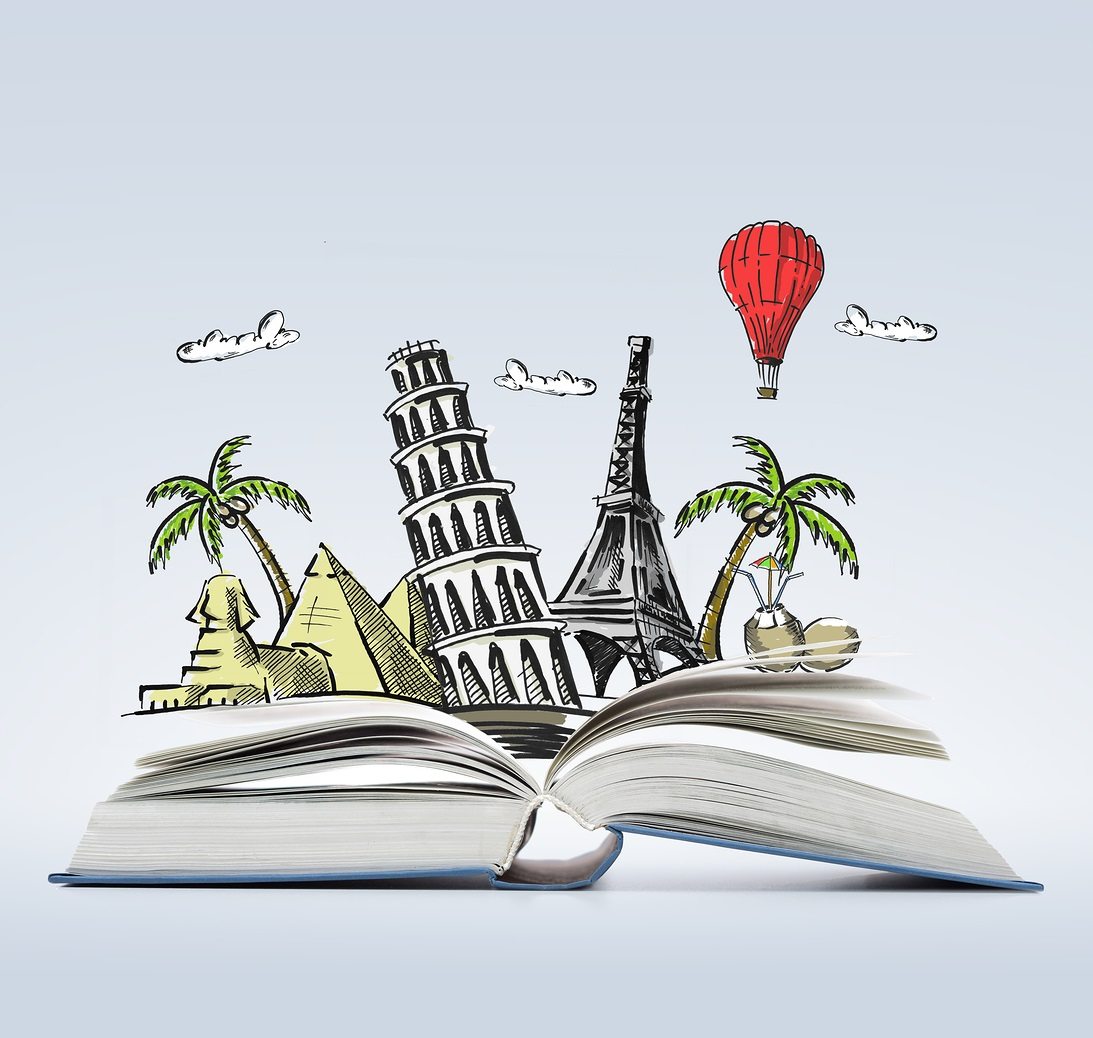Coloring Pages
Print and color fun images from the Arthur Grey books.
Facts & Legends
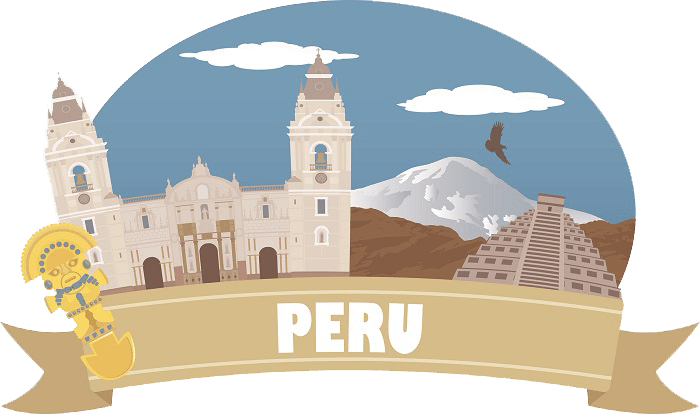
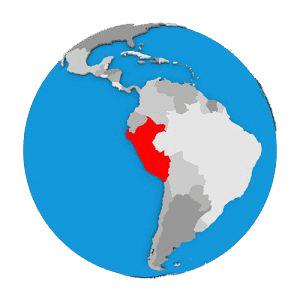
Peru is a country in South America.
It has three extremely different regions: the mountains (sierra), coast (costa), and jungles (selva).
The capital of Peru is Lima.
The city of Cuzco has an elevation of about 11,200 ft (3,400 m). To compare, the highest state capital in the United States is Santa Fe, New Mexico and it’s elevation is only about 7,000 ft (2,130 m).
Lake Titicaca is the highest navigable lake in the world. It is located right between Peru and Bolivia.
Peru has an amazing mix of cultures, specifically Spanish and Amerindian.
The most widely spoken languages in Peru are Spanish and Quechua.
The magnificent, beautiful weaving of Peruvians is some of the top in the world.
Peru is most known for the ruin-city of Machu Picchu, made famous in the early 1900s by explorer Hiram Bingham.
According to Spanish writings, Captain Francisco Pizarro led the conquest of the Inca Empire in the year 1533.
The Inca had the capital of their empire in what is now Cuzco, Peru.
According to Spanish chroniclers, the Inca empire was founded by the great warrior lord Manco Ccapac who was instructed by the sun god to build a temple in Cuzco.
The last Inca kings hid their treasures in underground tunnels.
The Inca called their empire Tawantinsuyu “four united regions”.
The Inca had a reputation for constructing stone buildings that could withstand earthquakes.
There are many secret underground tunnels all throughout Peru, and gold treasures might have been hidden in some of these.
According to the 17th century writings of a Jesuit missionary, there is a hidden city of gold in the rain forest somewhere between Peru, Bolivia, and Brazil.
Facts & Legends
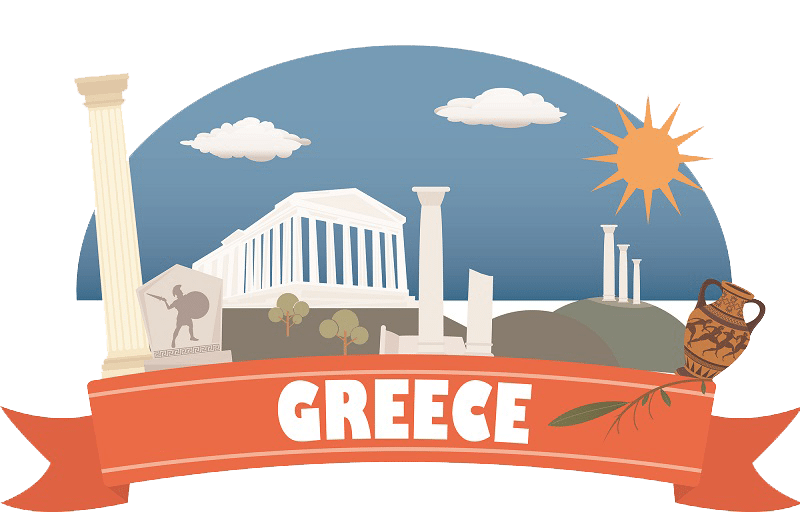

Greece (officially the Hellenic Republic) is a country in Europe and is surrounded by water on three sides: the Mediterranean Sea to the south, the Aegean Sea to the east, and the Ionian Sea to the west.
The country of Greece is very mountainous, has a lot of coast, and includes thousands of islands, many of which are not inhabited.
Most of the country has a Mediterranean climatewith rainy winters and hot summers.
The capital of Greece is Athens; it is also the largest city in Greece.
Mount Olympus is the highest mountain in the country.
Crete is an island in the Mediterranean Sea and is part of the Hellenic Republic, but still has its own sense of culture.
Heraklion is the largest city in Crete.
In the early 1900s, Sir Arthur Evans unearthed an impressive ruin southeast of Heraklion. It ended up being the remains of a complicated “palace” now known as Knossos.
Greek is the main-spoken language of the country; it does not use the English alphabet.
The people of Greece call their country Hellas.
The cultures of the West were heavily influenced by the Greek culture in everything from government to philosophy to mathematics to art to language.
Some ancient coins from Crete had the symbol of a 7-circuit maze etched into them.
Under Alexander the Great, the Greek empire stretched from modern-day Greece all the way into what is now India, and included Egypt as well.
The first Olympic games began in Greece.
Greece had its War of Independence in 1830.
The word Greece comes from the Roman’s word Graecia, which probably means “the land of the Greeks”.
Ancient Greece produced many great philosophers, historians, and scientists still known today, like Socrates, Plato, and Herodotus.
Two famous literature works The Iliad and The Odyssey came from Greek culture.
The Iliad and The Odyssey are attributed to the poet Homer who was said to be blind.
The Gordian Knot was a rope tied in a knot that no one could undo. One legend said that whoever untied it would be ruler of the world. Alexander of Macedonia couldn’t untie the famous knot, so he cut it instead.
People would come from far away to Apollo’s Temple at Delphi so they could receive prophesies from the Oracle there.
The Palace at Knossos was a Labyrinth made to hold the Minotaur.
A king called Minos hid a part-man, part-bull creature in a maze.
At one point, a queen called the Lady of the Labyrinth ruled over Knossos.
Mount Olympus, the highest mountain in Greece, was inhabited by the gods.
Facts & Legends
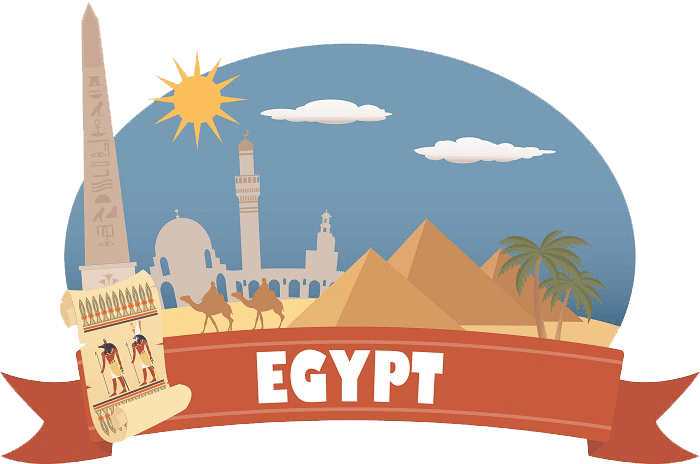

Egypt (officially the Arab Republic of Egypt) is a country in northern Africa. It is bordered by the Red Sea to the east, the Mediterranean Sea to the north, Libya on the west, and Sudan to the south.
Other than along the Nile River, the country of Egypt is mostly desert. It has a desert climate, with moderate winters and hot, dry summers.
The capital of Egypt is Cairo, which is also the largest city in Egypt.
The Nile River flows through Egypt from south to north (which is why the ancient Egyptians called the southern part of Egypt “Upper Egypt”, and the northern part “Lower Egypt”).
Arabic is the official language of the country; unlike English, Arabic is written from right to left.
The majority of Egypt’s people live along the Nile River.
Egypt is primarily a Sunni Muslim nation.
The people of Egypt call their country Jumhuriyat Misr al-Arabiyah.
The national currency in Egypt is the Egyptian Pound (called Geneeh in Arabic).
Our word Egypt comes from the Latin word Aegyptus, which probably evolved from some much earlier word or name. The Egyptian’s name for the country is Misr, which means “country” or “fortress” in Arabic (Misr is also the word the people who live outside of Cairo call the city of Cairo).
The earliest written history we have dated from Egypt comes from the Late Predynastic period (which historians date to about 3200 BC).
After about 1075 BC, Egypt had some pharaohs from Nubia. Then Egypt began to have serious trouble with other kingdoms trying to take over. In about 528 BC, the Persian ruler Cambyses II succeeded in making Egypt part of the Persian empire.
Alexander of Macedonia (aka, Alexander the Great) began his great empire by making himself pharaoh of Egypt and building his city of Alexandria around 332 BC. After he died, his friend Ptolemy took over, and that family (including the famous Cleopatra VII) ruled for about three hundred years.
The god Tehuti (known in Greek as Thoth) was in charge of the gift of writing.
Pharaoh Narmer was supposedly the founder of the first Egyptian dynasty because he unified Upper and Lower Egypt. One of his names may have been King Scorpion.
Stories are told that, in the ninth century, Caliph Abu Al-abbas abd Allah al-Ma’mun and his men were the first people to break into the Great Pyramid.
Upper Egypt was marked by its symbols of the vulture and the white crown, while Lower Egypt venerated the cobra and the red crown.
The ancient Egyptians believed that the sun god (sometimes called Re or Amun) traveled through the underworld at night to get back to the east so the sun could rise in the morning.
It was the death and resurrection of the god Osiris that kept the Nile on a regular cycle.
The Arabians thought the god Thoth built the Giza pyramids to store secret knowledge to keep safe from the Great Flood.

